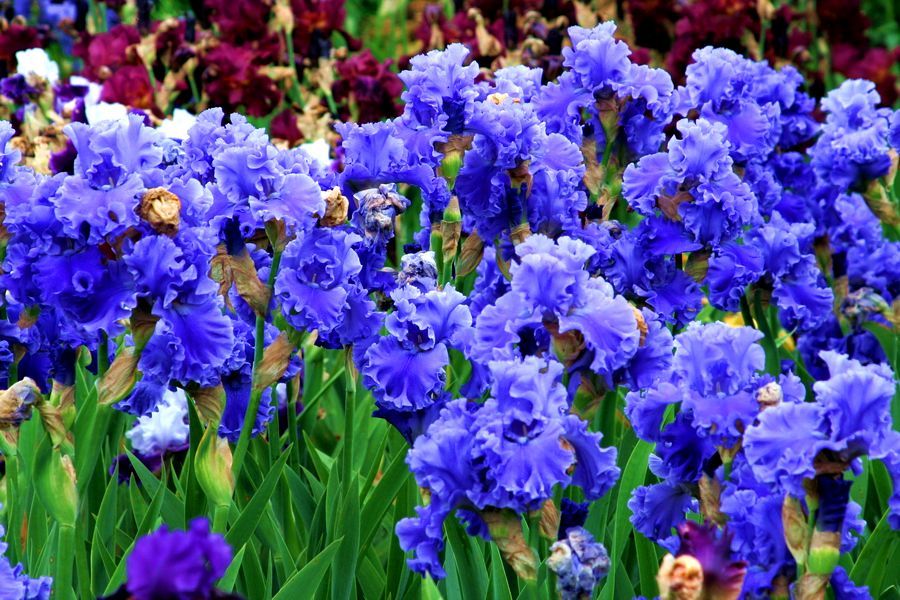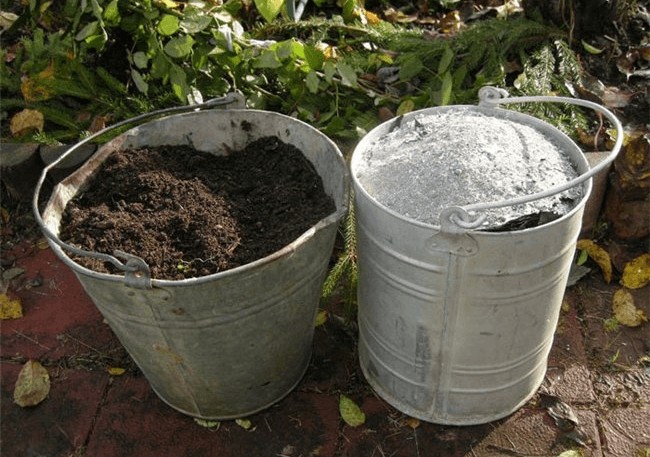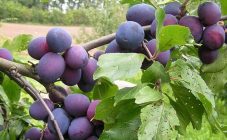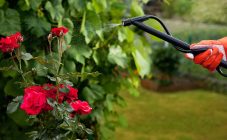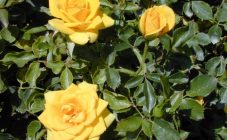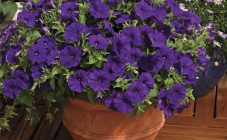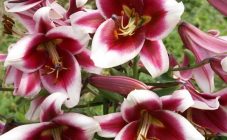Content:
The word "iris" is translated as "rainbow". A plant with this name is distinguished by large and bright flowers of an elegant shape, for which it is often called a "ground orchid". However, in order to guarantee intense flowering during the future growing season, it is necessary that the grower fertilizes the plants in a timely manner. True, this must be done correctly, taking into account the peculiarities characteristic of iris.
When and how long does iris bloom
Decorative iris blooms only for 2 days. In cool weather, this period increases to 3-4 days. By correctly combining irises of different varieties, you can ensure that the flower bed on which they grow is pleasing to the eye for 2.5 months in a row (from mid-May to early August).
By the time of flowering, irises are divided into several types:
- very early (pumila);
- early;
- mid-early;
- medium (pallida, beardless, marsh, gramineous, eastern);
- middle late (Siberian);
- late (Japanese).
In addition, even if different varieties belong to the same temporal subgroup, it is highly likely that their buds will open with an interval of 5-9 days. There are also cultures (which include bearded irises) with 5 or more alternately blossoming flowers. It may take 7-10 days for the last of them to wither.
Why feed iris after flowering
Feeding after the iris has bloomed and wilted is one of the basic procedures associated with caring for this crop.
If the plant has not been transplanted and fertilized for 2-4 years in a row, then it begins to feel bad. This reaction is associated with a deficiency of organic matter, minerals or trace elements. But, if you know how to feed irises after flowering, you can easily provide the plant with everything it needs.
How to fertilize irises after flowering in July
Irises, planted in open ground, are fed with complex fertilizers, including:
- phosphorus - provides planting of plants and good growth of the root system;
- nitrogen - helps to increase the size of flowers, shoots, leaves;
- potassium - makes the plant less susceptible to climatic changes and diseases.
In July, at the end of flowering, the plants especially need phosphorus, thanks to which new root shoots and flower buds will be laid for the next growing season. You also need to make up for the deficiency of trace elements. But nitrogen, which feeds the green spring shoots, should be abandoned, since its presence will disrupt the process of preparing the plant for winter.
If the acidity of the soil is too high, then you can adjust it by adding ash. In addition, toffee will respond well to the addition of bone meal.
Tips and tricks from experienced florists and gardeners
Feeding irises after flowering should be 3-5 weeks after the withering of the flower part (early autumn). In this case, the peduncles are broken out, and the plant is fertilized. Besides:
- the procedure should be carried out in dry weather before the onset of cold weather;
- it is optimal if feeding occurs in the morning or in the evening and is not combined with watering;
- the site must be cleared of weeds;
- potash and phosphorus fertilizers should be combined in a 1: 1 ratio (each bush is "fed" with 15 g of such a mixture);
- after fertilization, the soil must be loosened 2 cm deep to ensure better penetration of nutrients into the soil.
If you do not feed the irises, then they will bloom poorly, they will often get sick, creating an unaesthetic appearance in the flower bed. To avoid this, you should re-read the information above and save it as a cheat sheet, which you need to open in the fall and complete all fertilization procedures.
